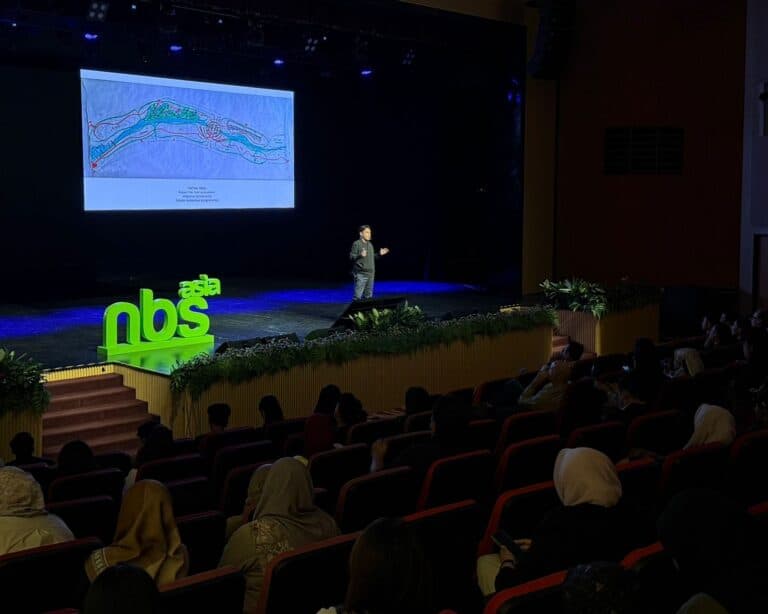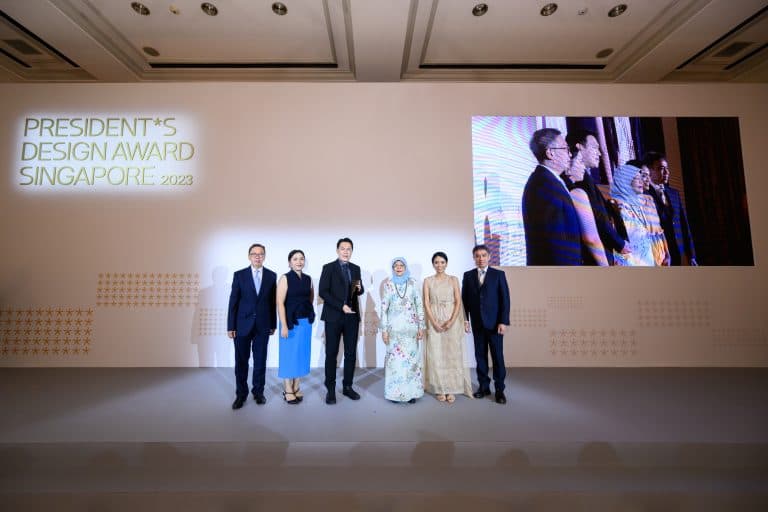For decades, the response to this urban challenge has been to see water as a problem to be controlled, a threat to be walled off with concrete barriers like the Jakarta Giant Sea Wall.
What if, as our founder Anton Siura believes, water is our single greatest landscape design opportunity?
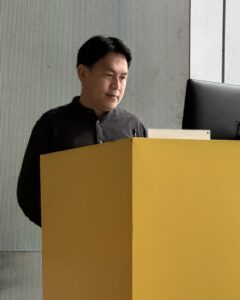
This was the central theme of the “Water as Landscape: Design Practice in Asia-Pacific” public dialogue, where Anton was invited to speak. The event brought together leading design practitioners and academics from SIURA Studio, Monash University, and RMIT University to explore how landscape architecture can mediate ecological repair and community participation.
Anton’s presentation, “Performative Landscapes: Advancing Water-Sensitive Design in Urban Contexts,” made a passionate case for this fundamental shift in mindset.
The “Parks, Not Pipes” Philosophy
Anton challenged the legacy of “hard engineering”—the default solution for so many cities. This approach relies on concrete canals, underground sewer tunnels, and man-made dams to manage water. The problem? This method merely “just transfers pollution to another site” and, in the process, it “pollute[s] our river and displaces nature”.
In its place, he championed “soft engineering,” or what we call Nature-Based Solutions. This is an approach summed up by a simple, powerful idea: “parks, not pipes.”
It’s a commitment to using living landscapes —like constructed wetland deltas, riparian buffers, and sedimentation basins — to “metabolize pollutants on site”. Instead of displacing nature, this strategy actively works to “clean our river and restore nature”.
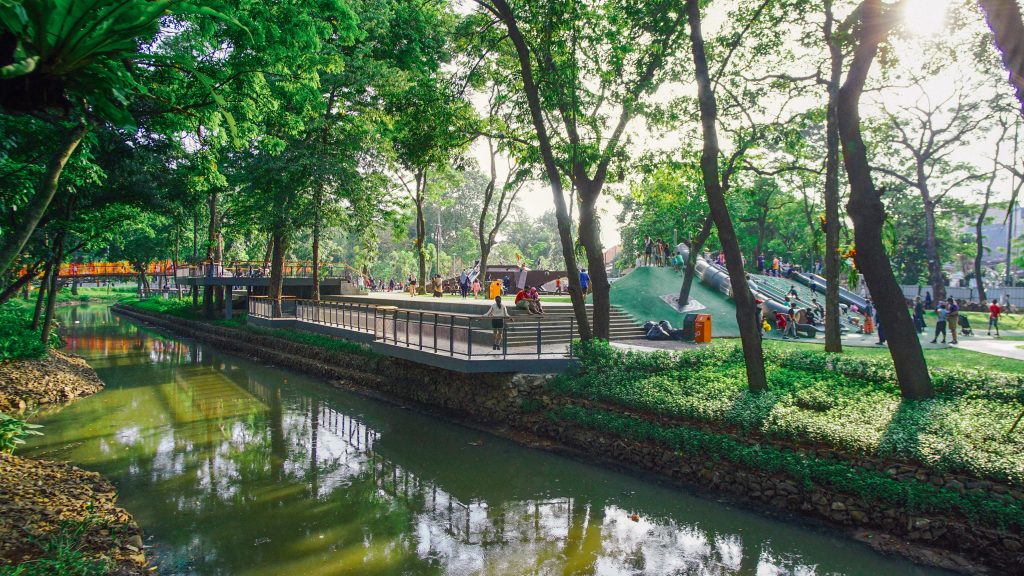
The Proof: Tebet Eco Park
The prime example of this philosophy in action is, of course, Tebet Eco Park, Jakarta ↗. Anton detailed the journey of transforming a degraded, flood-prone park into a world-renowned model of urban regeneration.
From Degraded to Regenerated
The challenge was immense. The site wasn’t just a park; it was a 7-hectare disconnected space, used as a garbage dumping site, and suffering from illegal occupation and severe pollution from wastewater discharge. The existing concrete canal had inadequate capacity, leading to frequent flooding.
The design had to “reimagine water not as a problem, but as a solution” to solve these complex challenges and align multiple stakeholders, from the Environmental Agency to the Water Resources Agency.
Key Strategies
Re-naturalizing the River: The first and most dramatic move was to demolish the hard concrete canal and replace it with a natural, meandering river and new floodplains. This “blue-green infrastructure” solution not only increased the hydraulic capacity but also created new, rich ecological habitats.
Regenerative Construction: We were committed to a low-impact, regenerative process. This meant transplanting over 100 affected trees within the park. It meant upcycling 100% of hardwood logs from unhealthy trees to create new park furniture and playground features. And it meant reusing 100% of the concrete and stone rubble from the old canal to build new gabion walls and bio-engineering structures.
Blue-Green Infrastructure: The design actively cleans the water. We designed cleansing biotopes and wetland boardwalks that use curated phyto-remediation plants to actively absorb and filter pollutants from local ditches before the water even enters the main river.
A New Model for Urban Life
The result is a park that “reconnects people and nature”. It has attracted a rich diversity of fauna back to the city, including amphibians, birds, mammals, and dragonflies. Most profoundly, it has been embraced by the community, welcoming over 60,000 people in a single day —a testament to the deep human need for places of joy and discovery.
Beyond Tebet: A Spreading Impact
Anton also shared how this same philosophy is being adapted for new and different challenges, proving its scalability and flexibility.

BSD Green Pathway, Tangerang ↗: For a private real estate project , we are applying these principles to transform over 3km of concrete canal into a naturalized, living waterway. This “low-tech intervention” proves that ecological restoration can and should be a central part of new developments.
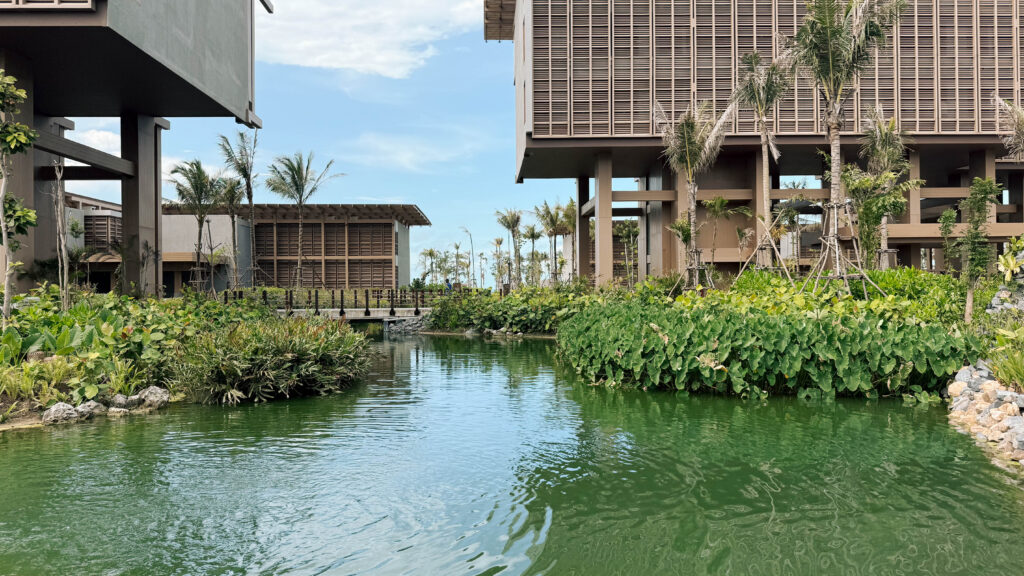
Hotel Indigo, Bintan ↗ : In a challenging coastal climate with difficult bauxite soil and no existing trees , we are building a “resort hosting biodiversity”. The design features a natural lagoon and cleansing biotopes that are “collecting, cleansing and recyling grey water before discharge to sea”.
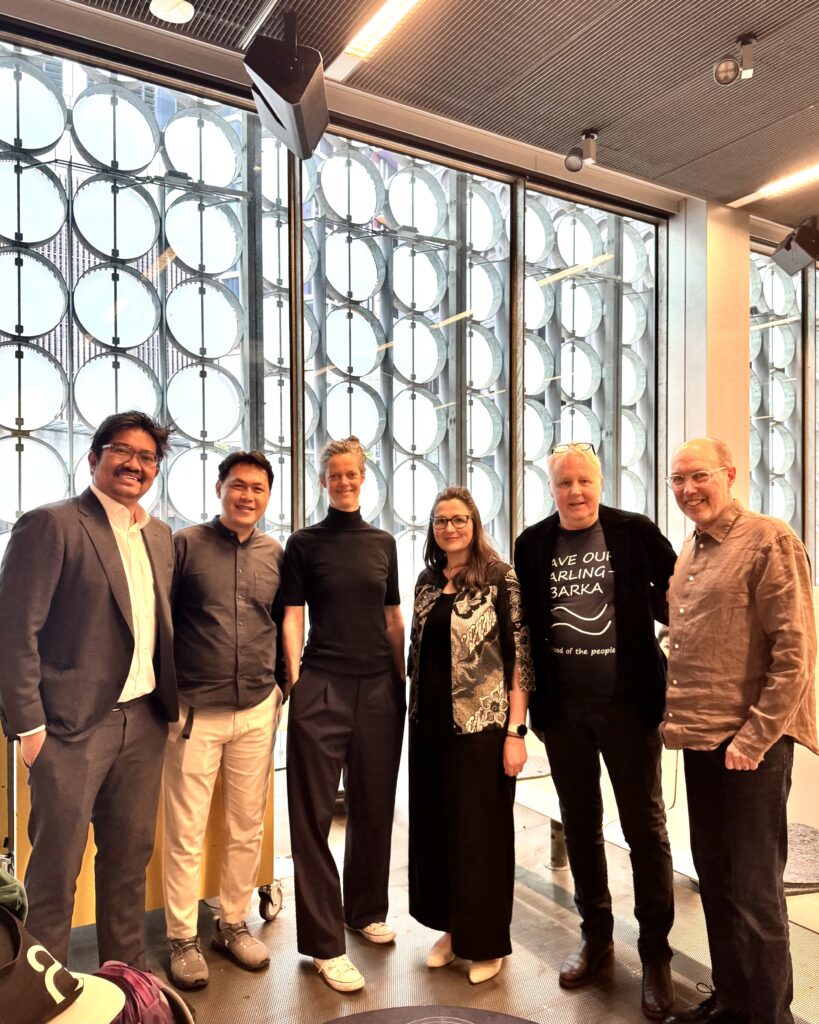
A Shared Purpose
The dialogue was enriched by the critical perspectives of the other speakers. Dr. Michaela Prescott of Monash University offered a powerful complement to the practice, stating, “design becomes governance when it sustains the relationships that sustain the river.” This highlighted the need to weave social and political stewardship into our ecological designs.
This event was a perfect expression of our studio’s “Why.” It is tangible proof of “designing beyond beauty” to create purposeful, lasting impact. Sharing our work on an international stage allows us to “grow together” with our peers, exchanging ideas that will help us all shape a more resilient and hopeful future.
This is what we mean when we say: Water is not a problem, it’s a resource.
